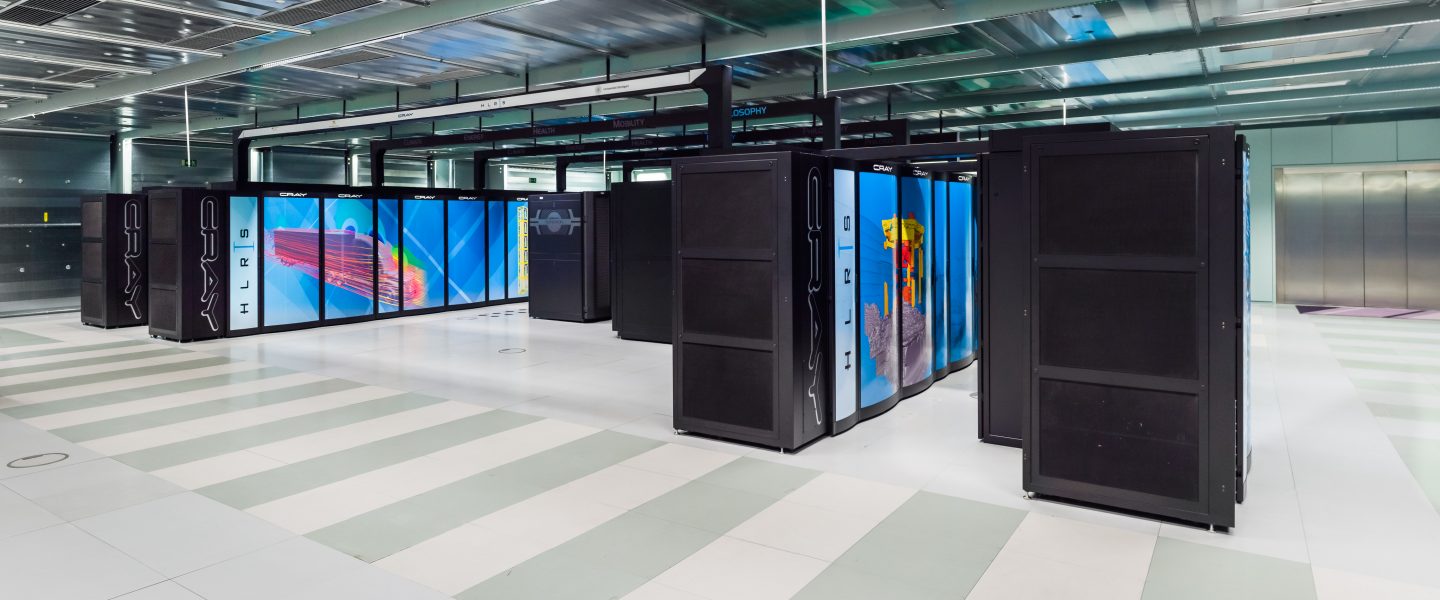PARSEC sectors: Energy, Environment, Food
Application fields: Energy & Natural Resources, Industrial, International Bodies, Managed Living Resources, Public Authorities, Services
Keywords: Big Data, HPC
The enormous increase of Earth Observation data over the past few years is bringing tremendous business opportunities for start-ups and SMEs but also calls for a fundamental paradigm shift. Thus, making the most of Big EO data, requires disrupting the traditional workflows whereby downloaded datasets are processed locally. Instead, through a multitude of web-based platforms, users gain access to the data, store them, manage them, and process them using provided or own analytical tools, all on the cloud (Sudmanns et al 2019). These platforms follow at least four different provision schemes: Infrastructure as a Service (IaaS), Platform as a Service (PaaS), Software as a Service (SaaS) and Data as a Service (DaaS). Whilst each scheme involves the provision of different types of resources, they are all interlinked by their reliance on high performance computing. This is performed by offering virtualised computing resources over the internet. In this regard, users can perform computationally-intensive tasks on the cloud, often dividing them in smaller ones that are distributed and performed simultaneously on multiple computing sources.

Why is all this relevant for start-ups and entrepreneurs?
The ability to use high-performance computing resources is intrinsically linked with the volume and nature of the EO data and the processes this data is helping to monitor and understand. Thus, by analysing multi-dimensional and multi-temporal data, innovative companies can build viable business models that rely on the reliable modelling and monitoring of climate change processes, urbanisation, vegetation, dust dispersion and much more. In that regard, several efforts at EU level may present opportunities to learn, collaborate or simply fund activities. For instance, within the Handbook of European High-Performance Computing, one can readily identify multiple EO-related cases, involving for example the development of innovative algorithms for climate prediction (see ESCAPE-2), and the utilisation of supercomputing capabilities for agriculture (see CYBELE). In addition, efforts such as the InDust COST action and the OCRE project, aim to bring together researchers, companies and users and develop EO-based solutions in different domains. So, keeping an eye on both technological and market trends is essential for those dreaming to make a contribution to complex systems using EO data!
Leave A Comment
You must be logged in to post a comment.